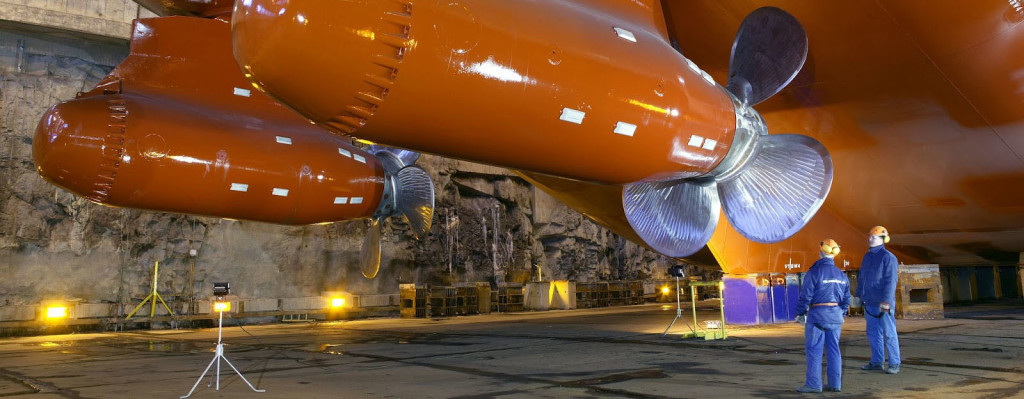Traditional, electrical or hybrid propulsion?

The “traditional” propulsion is, to date, the most used in most of the naval units, especially concerning the cargo shipbuilding.
With that, is gradually adding a new propulsion system, the electric one, which is still subject of discussion between technicians and experts, especially regarding the high cost of acquisition and installation on board, and the size and weight that a “all-electric” system requires.
It may be interesting, in this context, to compare the characteristics, strengths and weaknesses related to the two propulsion systems: the traditional and electric one.
The propulsion systems installed on most of the naval units existing to date, are characterized by a kinematic chain which includes the use of one or more Main Diesel engines, 2 or 4 strokes (alternatively, particularly in the military shipbuilding, the propulsion is entrusted to gas turbines), a gearbox and a line-shaft to whom the propeller (with fixed or variable blades) is secured, that provides the thrust needed to ensure the surge movement of the ship. The generation, in this kind of systems, is entrusted to Diesel generators.
Among the advantages associated with the installation of a traditional propulsion system, there are the low costs and good efficiencies, and a steady propulsion technology that today guarantees good safety. By contrast, they are unreliable when they have to operate at different conditions from the design ones, which represents a chance that sometimes can happens during the operational life of a ship.
A naval electric propulsion system typically consists of electric engines powered by diesel generators and connected to frequency converters in order to regulate the revolutions number which the engine is required to work. The use of these propulsion systems brings advantages especially in the flexibility of the management of the power supplied. However, their use is discouraged by the high costs of acquisition and the bulky dimensions that characterize them.
In 2010, the Italian Navy commissioned the construction of two multi-purpose ships, whose peculiarity is the installation of a hybrid propulsion system, which has the aim of combining the most beneficial aspects of diesel and electric engines.
This is obtained by exploiting each engine in its more congenial operating condition. Low velocities are most suffered by diesel engines, because of the poor combustion due to an operating regime away from the design. Conversely, the electric engines guarantee a torque-revolution diagram more favorable than the diesel engines, allowing in this way a more homogeneous behavior depending on the load required by the propeller.
For example, the unit “Luigi Dattilo” CP 940 is fitted with two electric engines of 250 kW and 1500 rpm, that ensures the unit a maximum speed of 8-9 knots each, and two medium-fast 4-strokes diesel engines with 2289 kW, 1050 rpm. The process of change-over is entirely managed by an automation system IPMS.
